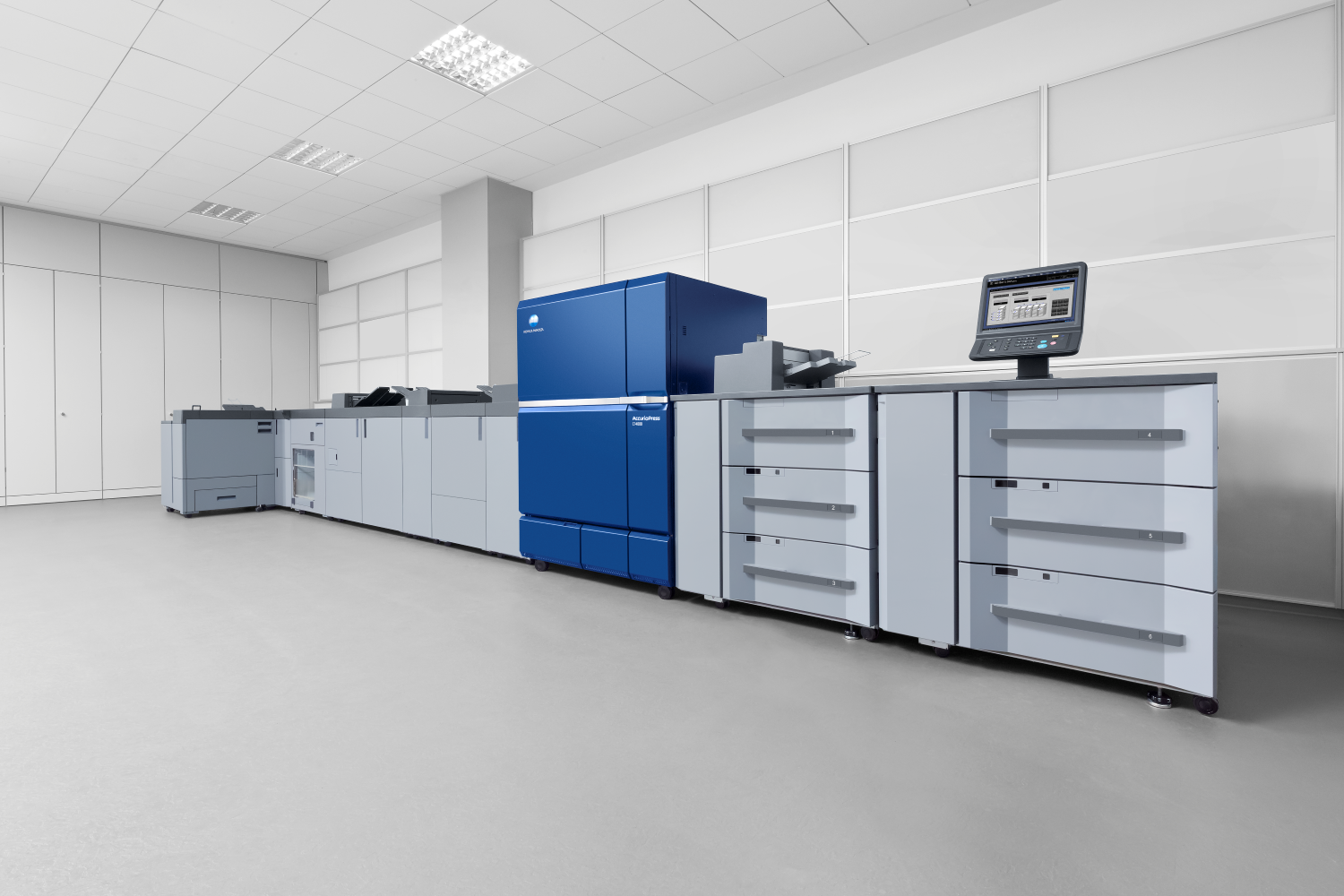While manual invoice processing is still widely used, it’s time-consuming and can lead to mistakes and delays. Slow invoicing contributes to a higher cost of operation and invoices often must travel between various departments before being granted full approval (and paid). In addition, manual processes are more at risk of fraud due to the time it takes to transfer information from invoices into internal systems.
Invoice automation solves key issues
Automation is an effective way to combat the problems associated with manual processes by eliminating the human element. It also accelerates workflows, reduces costs, and ensures a greater level of visibility to gain control of procedures and their results. Taking a considered approach to invoice automation helps accounts payable (AP) teams fix workflow bottlenecks without making significant, disruptive changes to existing systems.
How to implement an automated invoice processing solution
Consider taking the following steps to implement an automated solution into your current process:
- Analyse current processes and define goals: businesses should answer a series of questions to get a clear picture of their current invoice handling processes. How does the company handle them? Are they electronic or paper? How long does it take to process an invoice and how many are processed per year? Once businesses understand where bottlenecks exist, it’s easier to find opportunities to make improvements to current procedures.
- Identify organisational requirements: from there, businesses must identify the requirements that their invoice automation solution needs to meet. For example, if a business aims to improve the accuracy of payments and eliminate inefficiencies, then choosing software with a streamlined invoice match process is a must. To help identify key requirements, businesses should create a checklist that separates their wants from their needs and decide based on the results.
- Choose the right automation solution: once businesses have established their organisational requirements, it’s time to evaluate AP software vendors and choose the solution that best fits their approval workflow. The right software should automate invoice processing and be able to integrate with the existing customer relationship management (CRM), financial system, or line of business workflow software. It should also centrally and digitally store all information with easy and secure access and streamline auditing and compliance so businesses can respond quickly and accurately to requests for information.
- Integrate into an ERP system: after businesses choose an invoice automation solution, they should also integrate it into their enterprise resource planning (ERP) system to reduce the time employees take to switch between different applications to enter the same information. This helps achieve total transparency into company expenditures and ensures all employees are working for a single unified information source.
Reaping the benefits of invoice automation
Automating the manual invoicing process is about more than just keeping up with the latest technologies. It offers many benefits that help businesses effortlessly scale their processes. The benefits include:
- Streamlined workflows: invoice automation streamlines workflows by closing the gaps and reducing the pain points caused by manual processes. It automates tasks to reduce the burden on financial teams, improves the accuracy of payments, and eliminates unnecessary spending due to overdue invoices.
- Improved security: businesses can reduce their fraud risk by automating the invoice process and restricting access to unauthorised personnel. Automated software will also prevent duplicate or inflated invoices by flagging them for immediate review.
- Reduced costs and improved profitability: businesses with cash flow optimisation can enjoy significantly reduced overhead and decreased costs spent on processing invoices. Optimising cash flow also helps businesses identify the best payment terms and how to capture early payment discounts.
- Increased visibility and real-time information: with invoice automation, businesses have increased visibility into the status of their payments and invoices. They can also track each step with real-time data to make timely, informed decisions about future cash flow.
Eliminating manual invoicing with automation
The AP department is crucial to the success of any business. It’s responsible for tracking what’s owed to vendors and ensuring payments are properly approved before they’re processed. However, it’s relying on manual invoice processing, the likelihood of human error, payment delays, and fraud is high.
At Konica Minolta, we help businesses minimise invoice processing delays, reduce costs, and improve efficiency with our AP automation solutions. Using industry-leading automation software, businesses can instantly simplify and streamline their AP processes, eliminate labour data entry, and quickly find documents within a robust, reliable system. Best of all, our AP automation solutions integrate seamlessly into existing finance systems, retaining data in a secure central archive for quick, error-free access.
To find out how your business can simplify invoicing with the power of technology, contact the Konica Minolta team today.





